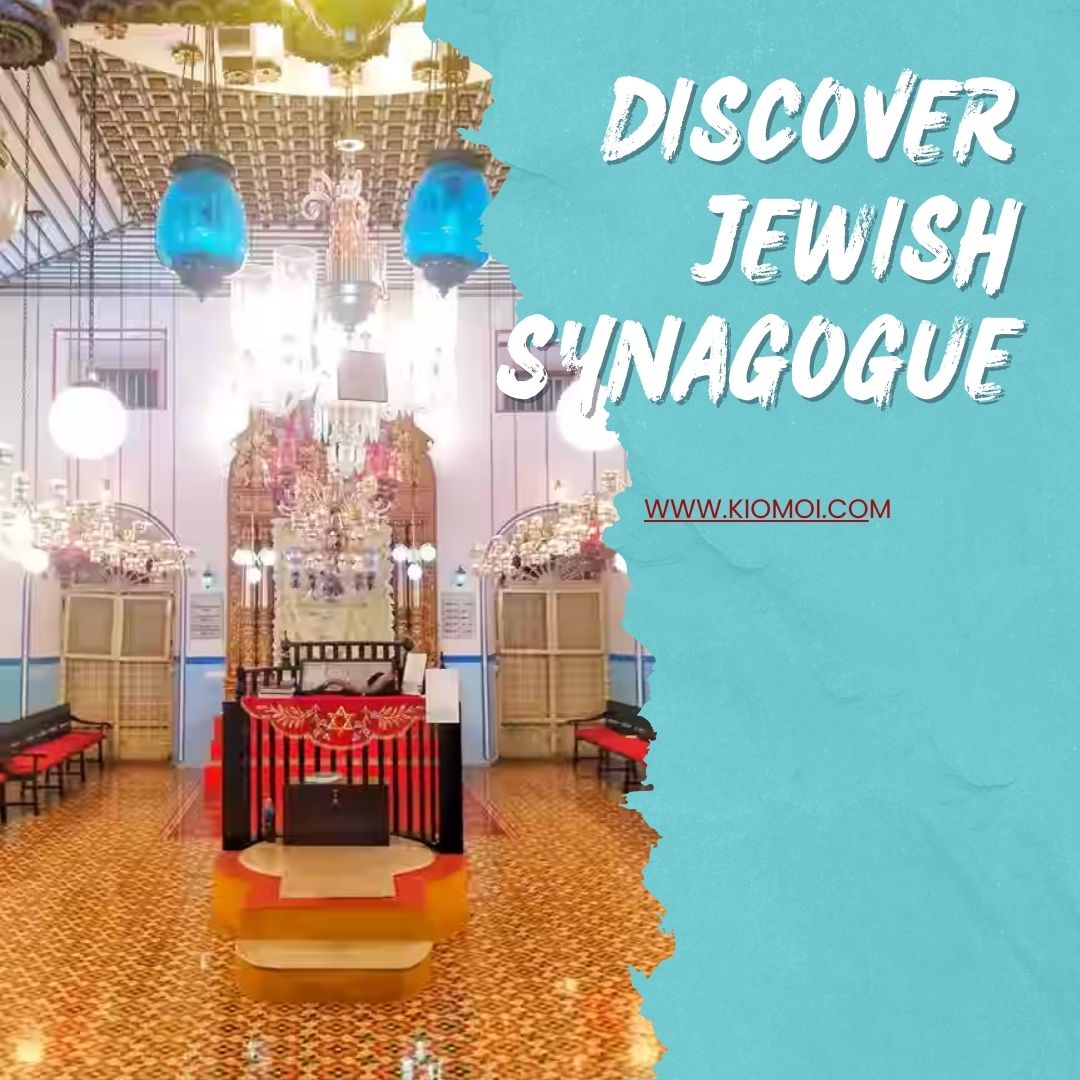Kochi, a vibrant city on the southwestern coast of India in Kerala, is renowned for its rich cultural heritage and historical significance. Among its many treasures are the Jewish synagogues that reflect the deep-rooted history of the Jewish community in this region. This article delves into the known Jewish synagogues in Kochi and Paravur, exploring their historical significance, architecture, and jewish synagogue kochi entry fees for visitors.
A Brief History of the Jewish Community in Kerala
The Jewish presence in Kerala dates back over 2,000 years, making it one of the oldest Jewish communities in the world. The community is believed to have arrived during the time of King Solomon, engaging in trade along the Malabar Coast. Over centuries, they thrived in this region, establishing themselves as prominent merchants and cultural contributors.
With the arrival of colonial powers like the Portuguese, Dutch, and British, the Jewish community faced various challenges. Despite these trials, they preserved their unique heritage, which is evident in the synagogues that remain standing today.
The Jewish Synagogue Kochi Kerala
Paradesi Synagogue: A Historical Landmark
The Paradesi Synagogue, located in the heart of Jew Town in Kochi, is the oldest active synagogue in the Commonwealth and a significant landmark in the city. Built in 1568 by the Cochin Jews, it stands as a testament to the rich history of the Jewish community in Kerala.
Architectural Marvel
The Paradesi Synagogue showcases stunning architectural elements that blend European and Indian styles. Its interior is adorned with beautiful hand-painted blue and white tiles, imported from China. The main hall features a remarkable brass pulpit, which is a symbol of the community’s religious practices. Additionally, the synagogue houses a collection of ancient scrolls and artifacts, providing insights into the rich heritage of the Jewish faith.
Jewish Synagogue Kochi Entry Fee and Visiting Information
Visiting the Paradesi Synagogue requires a nominal entry fee, typically around INR 5 to INR 10. Visitors are encouraged to dress modestly, reflecting the synagogue’s sacred atmosphere. The synagogue is open to the public, and guided tours are often available, offering detailed insights into its history and significance.
The History of the Jewish Synagogue Cochin
The Paradesi Synagogue is not only a place of worship but also a center for the community’s social and cultural activities. It has witnessed numerous historical events and changes within the Jewish community and the larger Kochi society. Today, it stands as a symbol of resilience and continuity.
The Paravur Jewish Synagogue
A Hidden Gem
Located in Paravur, about 30 kilometers from Kochi, the Paravur Jewish Synagogue is another significant site for those interested in Jewish history. Established in the 16th century, this synagogue reflects the smaller yet vibrant Jewish community that existed in this area.
Unique Features
The Paravur Synagogue is less frequented by tourists compared to its counterpart in Kochi, offering a more intimate experience. Its simple yet elegant architecture features a traditional layout, with wooden beams and high ceilings. The interior is adorned with unique decorations and artifacts that tell the story of the Jewish community in Paravur.
jewish synagogue cochin entry fee and Visiting Information
The entry to the Paravur Jewish Synagogue is typically free, making it accessible to visitors. However, donations for the maintenance and preservation of the site are always appreciated. Visitors can explore the synagogue at their own pace, enjoying the tranquil atmosphere and rich history it embodies.
Cultural Significance of the Synagogues
Both the Paradesi and Paravur synagogues are not just places of worship; they are vital cultural heritage sites that reflect the Jewish community's resilience and adaptability. They stand as a testament to the historical coexistence of different cultures in Kerala, showcasing the syncretism that defines the region.
Festivals and Community Life
Jewish festivals are celebrated with great enthusiasm in these synagogues, drawing community members and visitors alike. Festivals such as Passover, Hanukkah, and Yom Kippur are marked by special prayers, community gatherings, and traditional meals, providing a glimpse into the vibrant life of the Jewish community.
Education and Preservation
The synagogues serve as educational hubs, where visitors can learn about Jewish traditions, history, and customs. Guided tours often include storytelling sessions, emphasizing the importance of preserving this unique heritage for future generations.
Visiting Tips
Best Time to Visit
The best time to visit the Jewish synagogues in Kochi is during the winter months, from October to February. The weather during this period is pleasant, making it ideal for exploring the historic sites and the vibrant streets of Jew Town.
Dress Code
When visiting the synagogues, it is essential to dress modestly out of respect for the sacredness of the space. Visitors are advised to wear clothing that covers the shoulders and knees. It’s also advisable to check if photography is allowed inside the synagogues, as some may have restrictions.
Getting There
Kochi is well-connected by air, rail, and road, making it easy for visitors to reach the city. Once in Kochi, local transport options such as taxis, auto-rickshaws, and buses can take you to Jew Town and the nearby Paravur Jewish Synagogue.
Conclusion
The Jewish synagogues of Kochi and Paravur are significant cultural and historical landmarks that tell the story of a resilient community that has thrived for centuries. The Paradesi Synagogue, with its rich architectural heritage and deep-rooted history, attracts many visitors, while the Paravur Jewish Synagogue offers a quieter, more intimate experience.
Visiting these synagogues provides an opportunity to explore the rich tapestry of Kerala’s history and the unique contributions of the Jewish community. As you walk through the hallowed halls of these historic sites, you’ll be reminded of the enduring legacy of a community that has weathered the tides of time and continues to enrich the cultural fabric of India.




.jpeg)

Comments